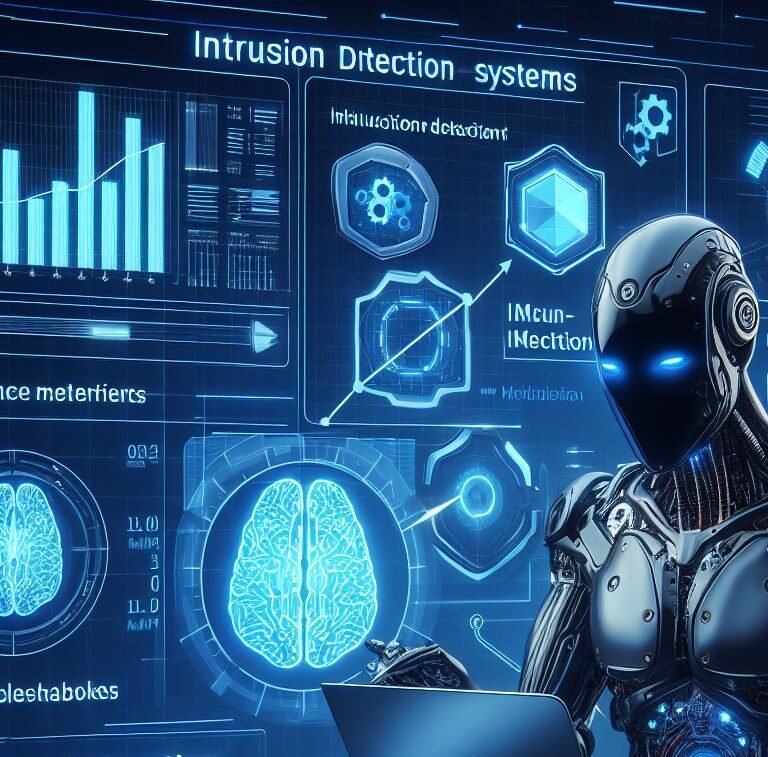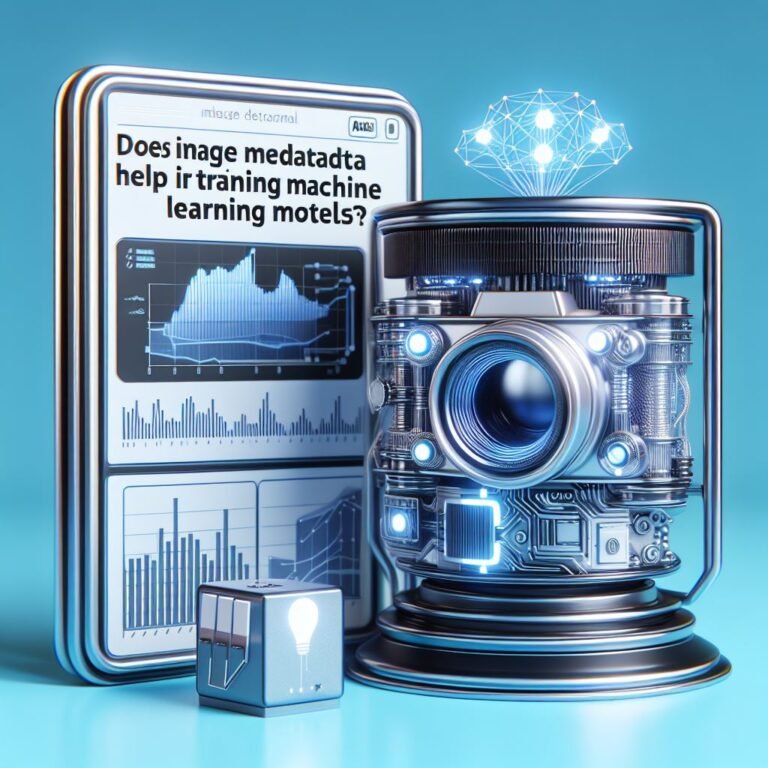Concept Learning in Machine Learning
Concept Learning in Machine Learning
Understanding how machines can recognize patterns and make sense of data is an essential element in the field of Artificial Intelligence (AI), particularly in an area known as machine learning. Among the various techniques that Machine Learning (ML) comprises, concept learning stands out as a fundamental strategy.
Introduction
Definition of Concept Learning
Concept learning, often referred to as categorical learning, is the method of categorizing and generalizing information in the context of machine learning. It’s akin to the way we, humans, draw inferences about general categories from specific instances.
Importance of Concept Learning in ML
In machine learning, concept learning empowers algorithms to classify data into distinct categories, improving their ability to automate decision-making processes without human intervention. This technique undergirds numerous applications, from spam detection in emails to disease identification in healthcare.
Understanding the Basics
What is Machine Learning?
Machine learning is a subset of AI focused on building systems that learn from data, identifying patterns, and making decisions with minimal human direction.
Different Types of Machine Learning Algorithms
ML algorithms are generally grouped into supervised learning, where the system learns from labeled data; unsupervised learning, which detects patterns in unlabeled data; and reinforcement learning, which learns by trial and error to achieve a specific goal.
Concept Learning in Machine Learning
Definition and Purpose of Concept Learning
Concept Learning is specifically a technique under supervised learning that involves categorizing and generalizing data based on feature similarities. Its purpose is to enable a model to make predictions or decisions based on a set of examples.
Role of Concept Learning in Pattern Recognition
Pattern recognition is directly tied to concept learning, as the ML model must recognize patterns among example inputs to infer the concept and apply it to new data.
Benefits of Concept Learning Algorithms
The use of concept learning algorithms adds efficiency and accuracy in tasks involving classification and prediction as they simplify complex decision-making processes.
Popular Concept Learning Algorithms
Decision Trees
Description of Decision Trees
Decision trees are flowchart-like structures where each internal node represents a “test” on an attribute, each branch is the outcome, and each leaf node assigns a classification.
How Decision Trees Work in Concept Learning
In concept learning, decision trees map observations about an item to conclusions about its target value, essentially learning and making decisions based on prior data.
Pros and Cons of Decision Trees
While decision trees are intuitive and easy to visualize, they are also prone to overfitting, making them less optimal for complex patterns without proper pruning.
Naive Bayes Classifier
Overview of Naive Bayes Classifier
Naive Bayes classifiers apply Bayes’ theorem with the assumption of independence between every pair of features, simplifying the computation of probabilities.
Application of Naive Bayes in Concept Learning
These classifiers are adept at handling large volumes of data and are commonly employed in spam filtering and document classification.
Advantages and Limitations of Naive Bayes Classifier
Naive Bayes is fast and easy to implement but assumes feature independence, which might not always be plausible in real-world data.
Support Vector Machines (SVM)
Explanation of SVM Algorithm
Support Vector Machines construct a hyperplane in a multidimensional space to separate different classes with as wide a margin as possible.
Use of SVM in Concept Learning
SVMs perform well in high-dimensional spaces, making them suitable for concept learning tasks like image recognition.
Strengths and Weaknesses of SVM
SVMs are robust against overfitting, especially in high-dimensional spaces, but can be challenging in terms of computational resources and kernel choice.
Applications of Concept Learning in Real World
Concept learning significantly impacts real-world applications such as image recognition for identifying objects, spam filtering in email services, medical diagnosis through pattern recognition in patient data, and fraud detection by distinguishing fraudulent activities.
Conclusion
Concept learning serves as a cornerstone in the vast edifice of machine learning, offering powerful methods to interpret and classify data. From the intuitive decision trees and probabilistic Naive Bayes Classifiers to the robust Support Vector Machines, these algorithms shape the way machines learn concepts.
As machine learning continues to mark its territory across diverse fields, the evolution of concept learning algorithms promises even more sophisticated systems capable of nuanced decision-making and pattern recognition. The journey ahead for CONCEPT LEARNING IN MACHINE LEARNING PPT and COMP24111 machine learning is filled with innovative advancements, discovery, and continuous learning.







